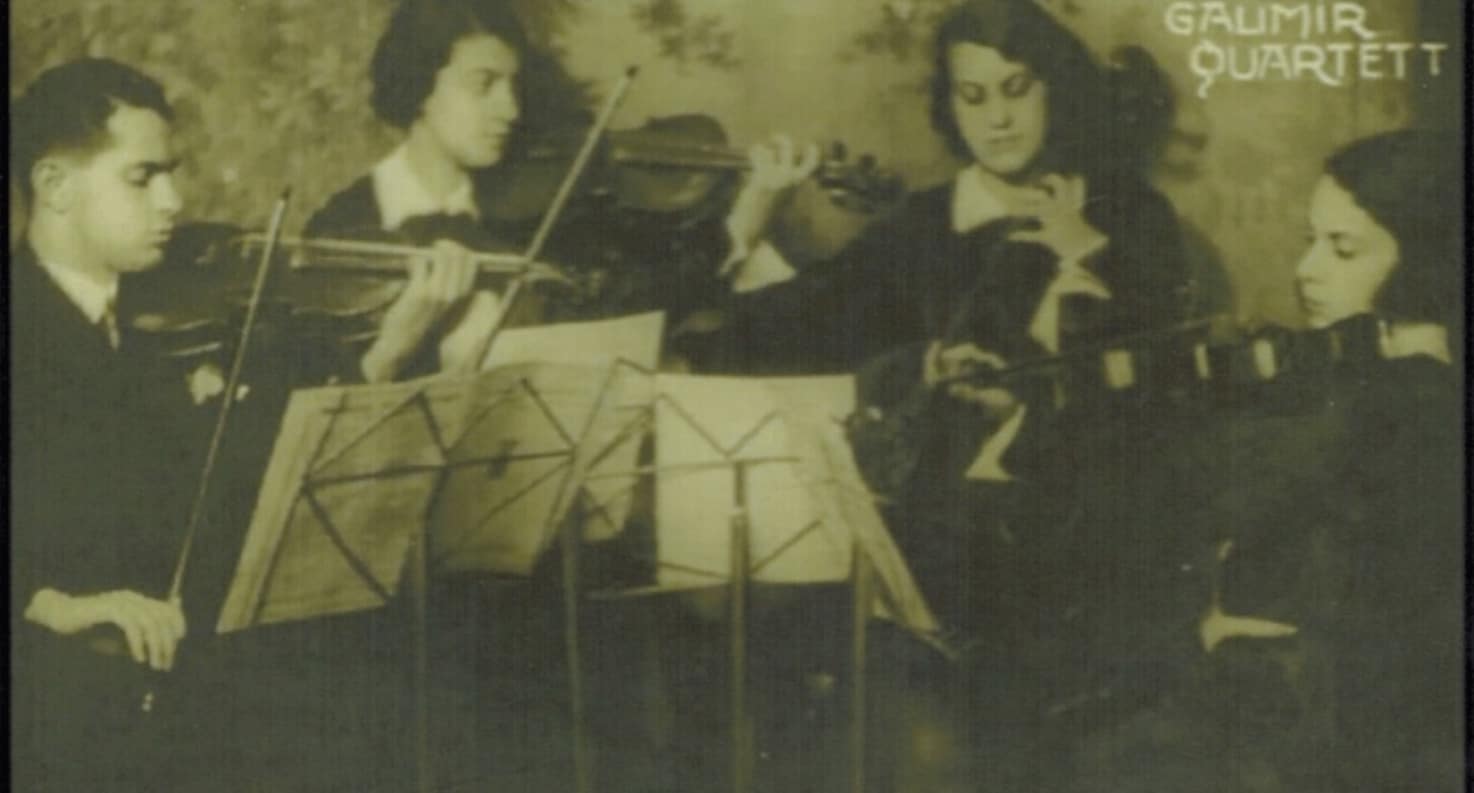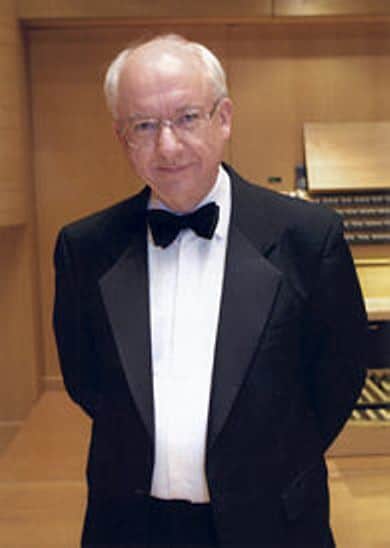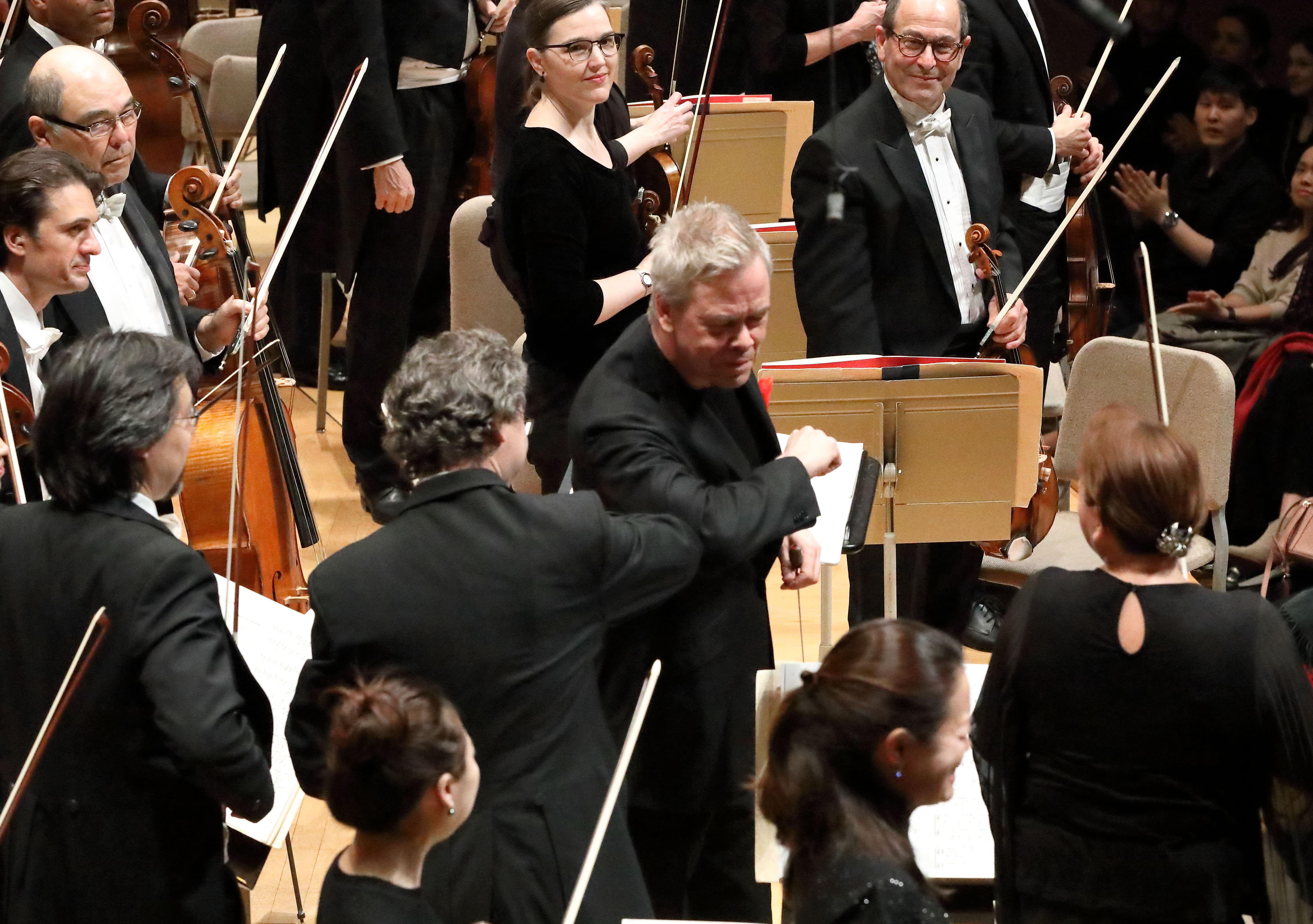The first major string quartet with more women than men
mainAnthea Kreston’s diary:
It’s the dawning of a new age. The first major international quartet with a ratio which favors women (one could argue the 1927 Galimir Quartet – but this is a subset sibling group – and as soon as they fled to America only Felix remained a professional musician – Galimir Quartet reverted to the acceptable ratio of 4 men to 0 women). A glass ceiling has been shattered, and I couldn’t be more excited and thrilled.
It’s going to be a powerhouse group, with female co-leaders. Vineta Sareika, who has been first violin since 2012, who will now share responsibilities with Suyeon Kim, reverting for her first time time back to the original structure of an Emerson-styled equality of violins, and the penetrating, thoughtful, and world-renowned Harriet Krijgh taking over from the formidable Eckart Runge on cello. The new formation shaves decades off the old line-up, clocking in at 31 and 27 years old, a combined 38 years fresher than the current members.
What does this mean? What does it mean for women? For music? For men? The history of classical music ceiling shattering, in order, was soloists first – from “most feminine” to “least feminine” instruments – think continuum piano…..trumpet. Then there was orchestral breakage – continuum – harp…..percussion – has that actually happened?….conductor. Administrative – competition judges….presidents of orchestra/opera/concert halls….has there been record label president yet? – and educational. Behind the scenes (instrument repair…..instrument makers). Where does composition stand? I don’t, personally, think equality has happened yet. Not totally, not really. Where are we on all of these fronts? What are the other fronts yet to be broken or mentioned?
‘It’s striking that as women have entered orchestras in large numbers in recent decades, the institution of the all-male string quartet has nevertheless continued to persist as something of a norm. Professional orchestras have audition processes governed by unions, committees, personnel manages, whereas quartets are self-governed as a kind of buddy system. That said, some major international quartets that were until recently all-male now have two or more female members, so let’s hope this trend toward more equal opportunity continues.’
Professor Edward Klorman (McGill University, Montreal)
I know that this is a can of worms – and that I am, in no way, an owner of all knowledge. So jump right on in – feathers are going to get ruffled here, I can imagine, but it certainly is an interesting bit of sticky wicket. Let’s poke it a bit with a stick and see what reveals itself.
According to Professor Klorman, there is some historical context for the phenomenon we are talking about. ‘At the time that quartet-playing became popular for amateur players (in the final decades of the eighteenth century), quartets were played virtually exclusively by men. Aristocratic women didn’t play bowed string instruments since they required awkward physical postures that were considered unladylike. Then, in the nineteenth century, there were quartets that were connected to orchestral ensembles (such as the Gewandhaus Quartet), whose members were drawn from the all-male members. The earliest quartet I know of with women members is not until the twentieth century, the Galimir Quartet, which may be a special case since it was Felix Galimir with his sisters. In any event, the institution of the all-male string quartet has a long history and seems to have persisted a surprisingly long time.’
The details are up for grabs, but the basic fact remains – there has been a slow, but increasingly faster tempo of females entering string quartets of all levels, in all parts of the world. There has yet to be a top-ranking international quartet made up of all females (don’t mention Bond). Let’s check it out. And – please contribute in the comments section. Let’s get a good list here. But even more important – let’s look beyond the nitty-gritty, and examine the gender trajectory in string quartets, and in the classical music field at large.
There could be a number of ways of looking at this. There is the “what is a major international quartet” question. For these purposes – let’s say something like: active career of 50+ concerts a year, existence for 20+ years, recording legacy on major labels, and at least one significant tour not on the continent in which they live, every season. There are so many incredible quartets to consider, I will just start here. We can add on, create subsets – but I do believe the premise will remain, no matter how many groups are included. This could be about who we all consider to be/have been Top Tier International Quartets. But – instead of that – it would be wonderful to have a meaningful dialogue about the trends, and how we all see classical music changing in terms of gender.
Here is a list – after the name of the group, a ratio of women/men at highest ratio in group. If all-men, it will say “0”. Year of first female membership, followed by name(s) of female member(s).
Quartets:

Alban Berg: 0
Amadeus: 0
Artemis: 3/1, 1994
Natalia Prishepenko, Vineta Sareika, Anthea Kreston, Suyoen Kim, Harriet Krijgh
Belcea:2/2, 1994
Corina Belcea, Laura Samuel
Borodin: 0
Borromeo: 2/2, 1989
Yeesun Kim, Mai Motobuchi,Hsin-Yun Huang
Brentano: 2/2, 1992
Serena Canin, Nina Lee
Budapest: 0
Busch: 0
Cleveland: 1/3, 1969
Martha Strongin Katz
Danish String Quartet: 0
*Quartetto Italiano: 1/3 1945 (first female) Elisa Pegreffi
Ebene: 1/3, 2017
Marie Chillemme
Emerson: 0
Guarneri: 0
Hagen: 2/2 (sibling), 1981
Angelika Hagen, Annette Bik, Veronika Hagen
Jerusalem: 0
Juilliard: 2/2, 2016
Astrid Schween (interestingly, formerly of the all-female Lark Quartet), Areta Zhulla
Kolisch: 0
Kronos: 1/3, 1978
Sunny Yang, Jean Jeanrenaud, Jennifer Culp, Ella Gray
Kuss: 1/3, 2002
Jana Kuss
LaSalle:0
Pacifica: 2/2, 1994
Simin Ganatra, Katherine Lockwood
Takacs: 2/2, 2005
Geraldine Walther, Harumi Rhodes
Tokyo: 0
Turtle Island: 0
Vermeer: 0
Others to consider:
Lark: 4/0
Cassat: 4/0
Penderecki: 2/2
Alexander: 0
Arditti: 0
Aviv: 2/2
Brodsky: 1/3
Calder: 0
Daedalus: 3/1
Enso: 2/2
Galimir Quartet: 3/1 (sibling)
Fine Arts: 0
Jasper:2/2
Jupiter: 2/2
Meccore: 1/3
Melos: 1/3
Miro:1/3
Modigliani: 0
Muir: 1/3
Orford: 0
Orion: 0
Pavel Haas: 2/2
Shanghai: 0
St. Lawrence: 1/3
St. Petersburg: 1/3
Vogler Quartet: 0
Ying: 1/3 (sibling)
For further information, The Cambridge Companion to the String Quartet, edited by Robin Stowell, has some interesting historical background related to this topic.

See also here.






Comments